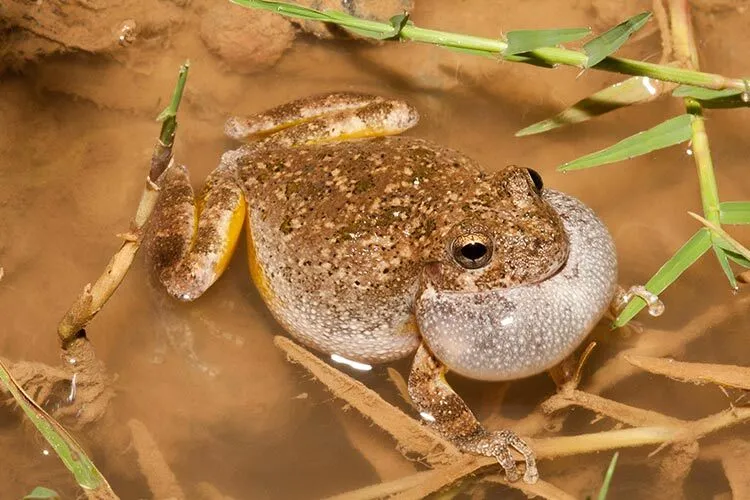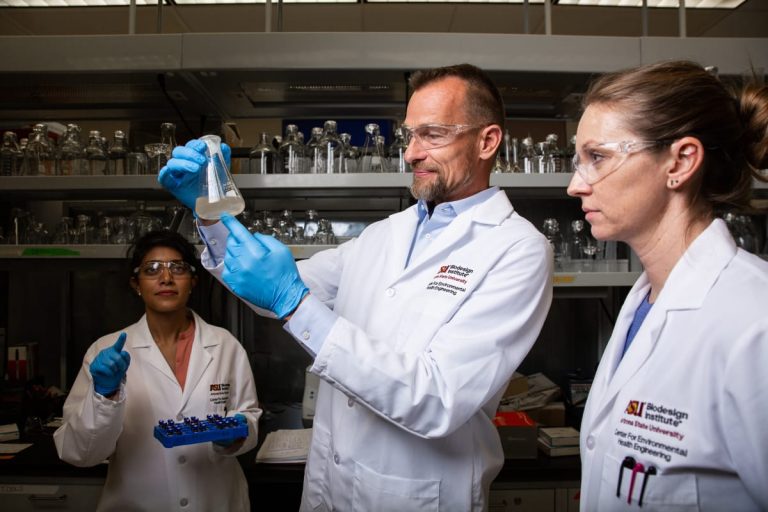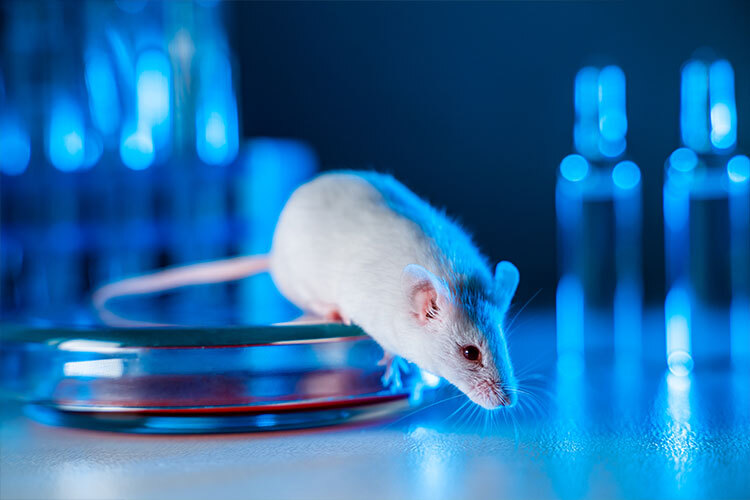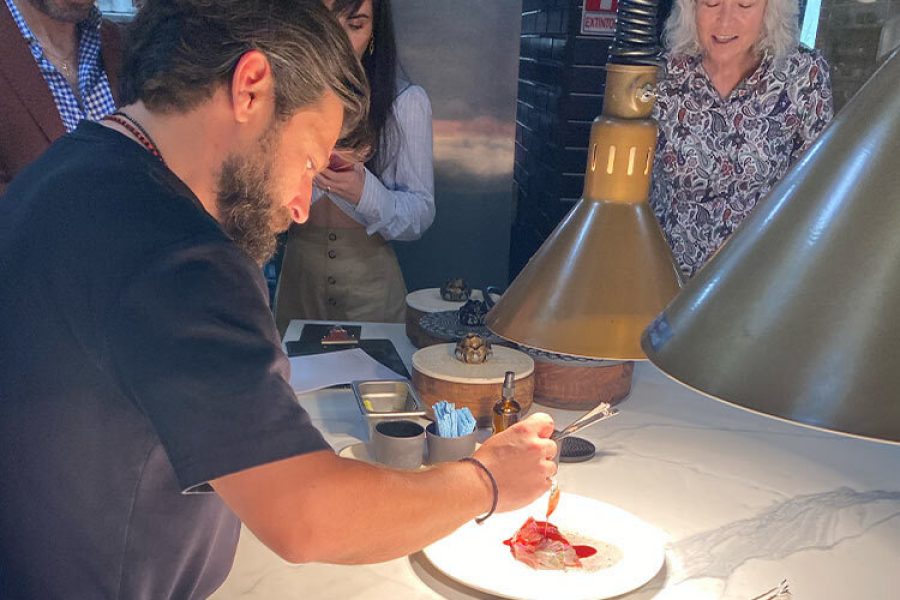The secretions of a Mexican frog named Dryophytes arenicolor, utilized as a remedy against infections, are at the forefront of a scientific investigation aiming to discover new applications and bring scientific rigor to traditional medicine.
Researchers from the Tec de Monterrey, including Jesús Hernández, senior scientist and leader of the sequencing and molecular biology department at the Core Lab Genomics, in collaboration with doctor Jorge Benavides and Ph.D. student Enrique Hidalgo, have taken this project from its roots in the field to the laboratory.
The Mexican Frog and the Arenina Protein
After discovering and characterizing a protein in the secretions of this frog, named Arenina after the species, researchers observed its potential against microbes and its ability to inhibit certain pathogens.
Rather than combating the infection, Arenina appeared to prevent its spread, a rarity in treatments.
Similar compounds in animals have been used for centuries in traditional medicine, some of which have endangered various species. Hernández’s work aims not only to find new treatments but also to make the extraction process of these proteins more efficient while avoiding putting the animal and its habitat at risk; the goal is to determine whether the properties attributed to these ancient remedies have a scientific basis.
Frogs Fighting Resistant Organisms
The initiative began during Hernandez’s doctoral studies when he explored the skin secretions of the Dryophytes arenicolor frog. His motivation was to find molecules to combat microbes and infections, eventually leading to medicine formulation.
“For a long time, we’ve studied amphibian skin secretions and found antimicrobial molecules. This could be crucial for public health, especially with the rise of organisms resistant to common antibiotics,” explains Hernández.
Initially searching for antimicrobial proteins, they later discovered some whose primary function is to inhibit proteases, a type of molecular tool that microorganisms use to break down the host’s cell tissue.
In other words, they found proteins that, instead of tackling infections after they had infected a host, closed the door to infection, preventing its spread.
The choice to study this particular frog was influenced by reports that, especially in regions like San Luis Potosí, people would remove the frog’s skin, grind it with oil, and use it as an ointment to combat infections.
This practice caught the attention of scientists, as traditional medicine often relies on home remedies, resulting in some compounds that may work but usually lead to the hunting and death of these animals.
Genomic Sequencing
To obtain secretions for medicinal use, samples had to be collected from frogs in regions such as Sierra Gorda in Querétaro and San Luis Potosí. The researchers obtained permission from the Secretaría de Medio Ambiente y Recursos Naturales (Semarnat) in Mexico to bring some specimens to Tec de Monterrey laboratories.
“The frog is very small; I had to bring 10 little frogs, and the amount of proteins we could obtain was tiny compared to what we needed to study and see if it could have a real application,” said Hernández.
Following this collection, they began designing laboratory assays based on chromatographic protein separation, protein sequencing using mass spectrometry, and mRNA sequencing to further produce the protein in a bacterial host, generating enough amount of protein to conduct experiments without the need to collect frogs in the field again.
“Traditional medicine is based on plants and animals. China, for example, uses many of these ingredients. Still, the reality is that we don’t know for certain what functions they may have or which molecule is truly responsible for the activity. So what we aim to do is provide scientific context to elements of traditional medicine,” adds the researcher.
Next Steps: From Medicine to Conservation
The next steps focus on two avenues: testing how Arenina can assist in infections, especially in people with slow-healing wounds due to metabolic problems or diseases like diabetes, in collaboration with the Institute for Obesity Research at Tec.
Additionally, they are working on a process to replicate and study proteins obtained from animals without the need to disrupt their habitat or continuously extract from species, utilizing DNA sequencing within the Genomics Core Lab at Tec, specifically tailored to these studies.
“The goal is to have a robust platform where we can grab other bugs and animals, characterize the proteins to evaluate them, and obtain products that are useful for people, such as medications or therapies. We aim to understand the ancient knowledge of remedies, comprehend it, and give it scientific rigor,” concludes Hernández.
<!–[if lte IE 8]>
<![endif]–> hbspt.cta.load(5092991, ‘2c58ad21-0b81-4245-a63c-00792bd02bdf’, {“useNewLoader”:”true”,”region”:”na1″});
hbspt.cta.load(5092991, ‘2c58ad21-0b81-4245-a63c-00792bd02bdf’, {“useNewLoader”:”true”,”region”:”na1″});


















